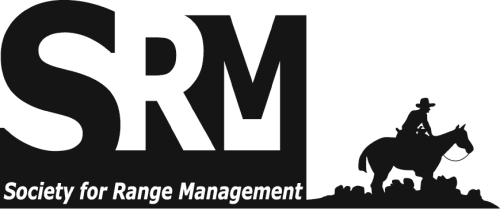Alternative stable states are common in rangeland ecosystems, and livestock management activities can precipitate threshold shifts between states. However, it is often difficult to pinpoint the level of management impact associated with a given threshold shift. We used a controlled, replicated experiment to investigate ecological thresholds in sub-Saharan Africa, where temporary cattle corrals (bomas) are commonly used to protect livestock at night. Abandoned boma sites develop into nutrient-rich ecosystem hotspots that can persist for centuries, are characterized by unique vegetation, and attract wildlife. In central Kenya, these hotspots take the form of treeless glades with long-term ecological and conservation benefits. Wildlife-mediated feedbacks tend to keep glades from reverting to non-glade vegetation. However, in the modern context (high human populations and limited land availability), traditional boma management can lead to persistent degradation in areas surrounding the boma site. We asked how long bomas must be occupied to initiate threshold shifts towards beneficial glade hotspots while avoiding threshold shifts towards degraded states around boma sites. We hypothesized that as boma occupation time increased, 1) boma sites would be more likely to convert to glade hotspots, and 2) vegetation and soils surrounding the sites would be more likely to undergo shifts towards persistent, degraded states. Twenty-five 200 x 200m sites were randomly assigned to five boma occupation treatments: four-day, one-week, two-week, one-month, and control (no boma). Each boma was 20m in diameter and held 200 cows. Fourteen months after boma abandonment, all sites occupied for >4 days were dominated by glade-specialist plant species. Areas around one-month sites were characterized by high levels of bare ground and few perennial plants. Our findings suggest that relatively little livestock impact is needed to initiate threshold shifts within abandoned boma sites. Moderate occupation times may be best for balancing the negative and positive ecological impacts of bomas.

Oral presentation and poster titles, abstracts, and authors from the Society for Range Management (SRM) Annual Meetings and Tradeshows, from 2013 forward.